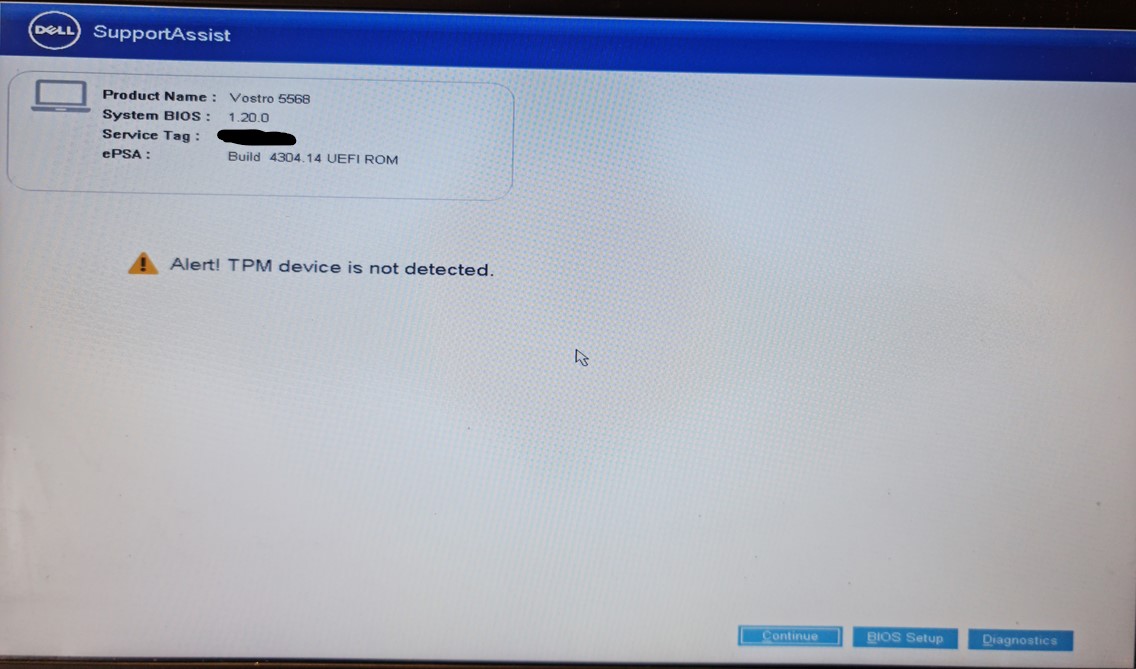A message stating “Alert! TPM device cannot be recognized” occurs when you’re trying to boot on your Dell laptop. TPM, also known as Trusted Platform Module is a device which is used to perform cryptographic operations within the system. The purpose that TPM is to TPM device is to protect the machine’s hardware with integrated cryptographic keys. The error message might seem odd, especially in the absence of any TPM functions within your machine. In some instances you might be able boot your system following the error message displayed on your screen. But regardless, it’s a concern.
It’s been discovered that when you encounter the error you’re looking for and you’re using any BitLocker features provided by Windows to secure the partitions on your computer, it will not function. This is due to it being the case that BitLocker uses the TPM chip in your motherboard to encode or decrypt any data need to. One solution most people consider when confronted with this problem is to turn off TPM in the BIOS settings. But, this won’t be a solution since TPM is a feature that’s not available. “TPM” option is removed from the BIOS menu, so it isn’t possible to disable it. Additionally, if you’re running BitLocker on your computer, you won’t be able to disable it from the beginning.
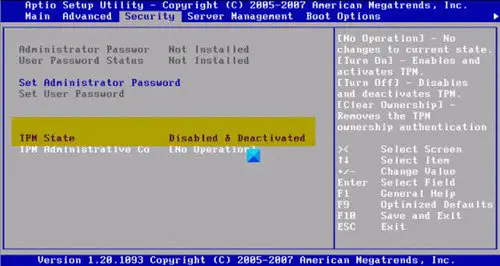
What’s the root of this problem? The most obvious reason could be the BIOS firmware Of course. If you’ve recently upgraded the BIOS firmware or in certain cases in the event that you’ve not updated it, it may result in the problem. This can happen both ways, and , therefore, you’ll be required to examine both sides in order to solve the issue. Let’s now we will look at different solutions you could apply to remove the issue.
Disconnect Laptop’s Battery
The first step you can try when you encounter an “TPM device is not detected” error message is to disconnect the laptop’s battery. It has been stated by numerous users who had a similar issue. Disconnecting the laptop’s battery is said to have resolved the problem for the users. If you take your laptop’s batteries of your computer the laptop’s battery will be reset and you’ll be able to get new beginnings when you plug it back into.
If you are experiencing issues with your laptop or notebook computer it is recommended to try Restore Repair which can scan the repositories for the files that are missing or corrupted. This is a good option in most instances in cases where the issue resulted from corrupted system files
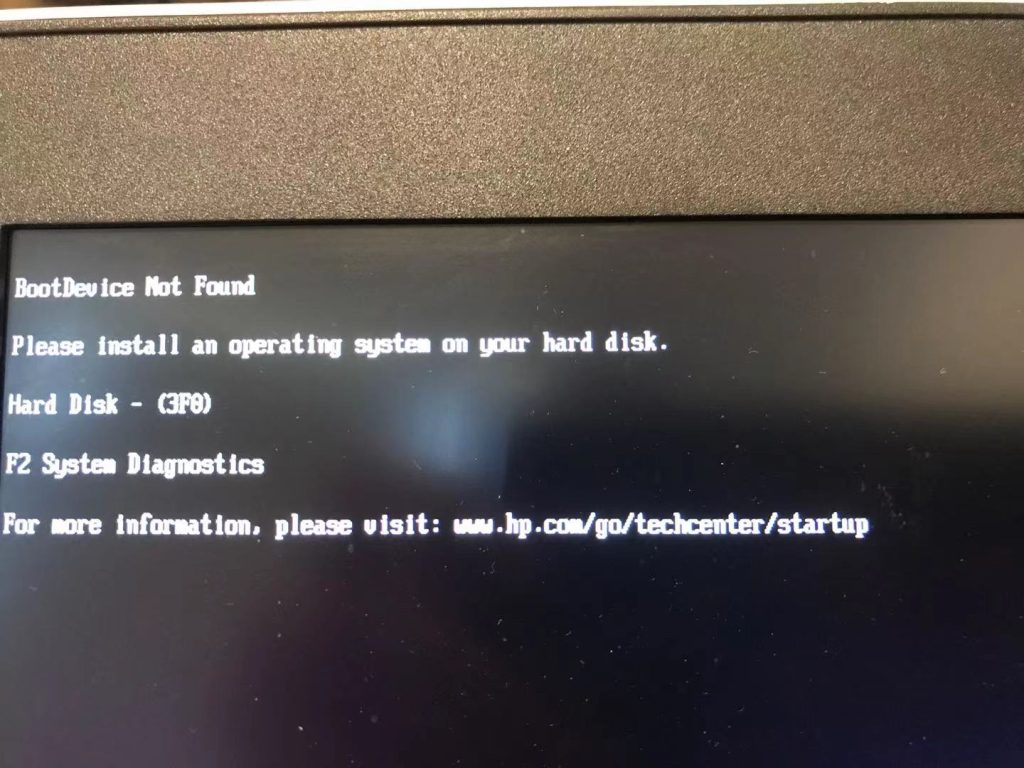
For this to be done, remove the battery from the laptop and allow it to rest for a couple of minutes. After a few minutes, connect the battery back in and start up your laptop to check what happens.
Update Firmware
If reconnecting the laptop’s battery fails to resolve the issue There’s a good possibility that the issue is due to the laptop’s firmware. This is usually the case when you haven’t upgraded your BIOS firmware for long. If you’re using the most recent firmware version, then you could skip this step and go to the next option. In this scenario you’ll have to search for any firmware updates that are available for your model download them, and install them.
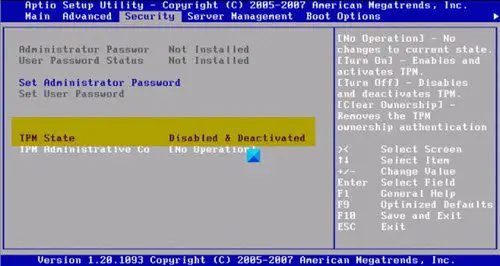
- To begin, go to Dell’s official website to find Dell’s Downloads and Drivers through pressing this link.
- After that, you can choose two choices. You can utilize Dell Support Assist, or you can use the Dell Support Assist software to automatically detect outdated drivers that are on your system and then install them. In order to do that, just click the Download and Setup Support Assist option, and then follow the prompts on screen.
- In addition, if you know the laptop’s model or ID and want to update your firmware or software, you can manually search for it, and then download the most recent version that is available. In order to do that, simply type the model of your device or its ID into the search box that is provided, and press enter.
- Next, select “Find Drivers” on the following page. driver search option. manually finding the driver’s text.
- Select the appropriate operating system and then look at any updates to the firmware. Download the driver, and then follow the prompts on screen to install the update.
- After you have finished restart your system to determine whether the issue has been fixed.
Reset BIOS Defaults
As it turns out for some users, the problem was caused by having did a firmware upgrade on their particular system. If you have encountered an error message when you received an update to your firmware, it is possible that the update could not be compatible with your. This is possible when you utilize the auto-detect tool that comes from Dell that update all your drivers. In this scenario you’ll need restart the BIOS to its default settings to eliminate the issue .
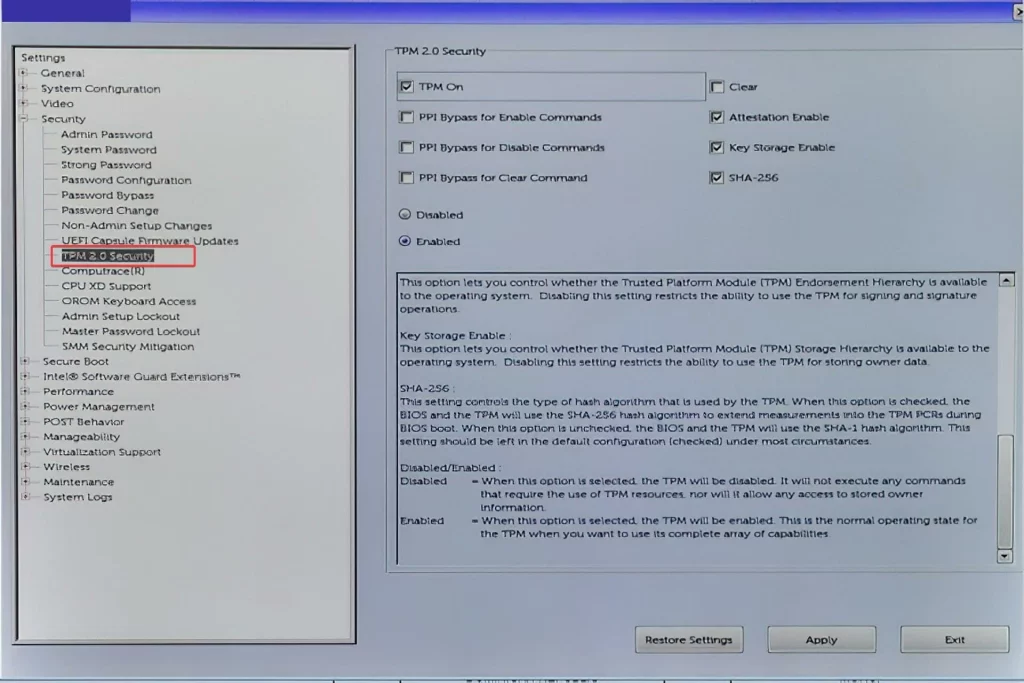
- First , ensure the laptop you are using is turned off. Also, ensure the computer is connected into. If it isn’t you are not, then disconnect it.
- Then, press then the ESC as well as CTRL keys. As you hold both keys, plug in the power cable and then press the power button on your laptop.
- After the laptop has begun to boot You can then let go of keys ESC and CTRL. ESC or CTRL keys.
- You’ll be directed to an BIOS page. Select to select the ROLL BACK BIOS option to return to the default settings.
- After you’ve completed all that and waited for your system’s reboot to take place. After that, Windows should be able to recognize the chip, and you’ll be set to go.
